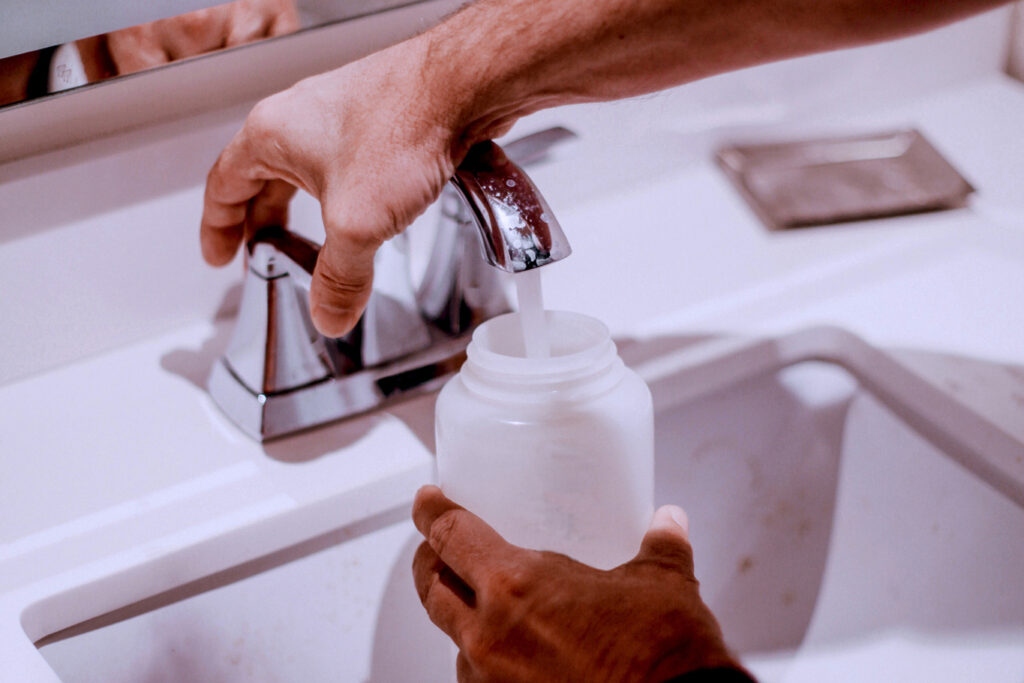Legionella bacteria are a significant concern in various water systems, particularly in environments such as cooling towers, where the conditions are conducive to their growth. For businesses and facilities, ensuring safety from Legionella is not just a matter of health but also legal compliance. In this blog, we’ll explore the legal aspects of Legionella testing and the requirements surrounding it.
When it comes to Legionella servicing, businesses must be vigilant in adhering to regulations to protect public health and comply with legal standards. Additionally, understanding cooling tower Legionella testing requirements is crucial for maintaining safe water systems within these structures.
Is Legionella Testing a Legal Requirement?
When it comes to testing for Legionella bacteria, there isn’t a predefined legal mandate. However, regulatory bodies such as CMS, OSHA, and CDC offer guidance to minimize risks to facilities downstream.
The legal ramifications of neglecting Legionella testing can vary based on jurisdiction, industry norms, and specific situations. Nonetheless, failing to address Legionella contamination adequately can result in several potential consequences for businesses or property owners:
Health and Safety Violations: Many jurisdictions mandate employers or property owners to assess and manage Legionella exposure risks. Non-compliance could lead to citations, fines, or penalties from regulatory bodies.
Civil Liability: Negligence in Legionella testing and risk management may lead to civil lawsuits if individuals suffer harm or death due to Legionella exposure. This could result in financial liabilities for damages.
Criminal Charges: In severe cases of negligence or disregard for public health, responsible parties may face criminal charges, leading to fines, imprisonment, or other legal sanctions.
Reputation Damage: Even without legal action, a Legionella outbreak can tarnish the reputation of businesses or property owners. Negative publicity and perceptions of inadequate safety measures can harm credibility.
Regulatory Remedies: Authorities may demand corrective actions like implementing control measures and remediation efforts to address Legionella risks. Failure to comply may result in further enforcement actions or penalties.
In healthcare facilities, CMS mandates Legionella risk reduction to prevent Legionnaires’ disease outbreaks among Medicare and Medicaid patients. Compliance involves having water management policies, following ANSI/ASHRAE Standard 188, and using the CDC toolkit. Joint Commission-certified hospitals must also meet water management requirements to maintain certification.
Non-healthcare facilities fall under OSHA guidance. Though not legally required upfront, neglecting Legionella risk mitigation can lead to compounded consequences, as outlined on OSHA’s website.
Overall, the legal implications of skipping Legionella testing can be substantial, including financial penalties, reputational harm, and potential legal liabilities. It’s vital for businesses and property owners to understand and adhere to relevant regulations and industry standards to safeguard public health.
How to Test for Legionella in Water
Legionella testing involves various methods aimed at detecting and quantifying the presence of these bacteria in water systems. By identifying potential sources of Legionella contamination, testing helps to prevent outbreaks and protect public health. Testing for Legionella in water follows the procedure below:
-
- Sampling: Water samples are collected from various points within the water system, including taps, showers, cooling towers, hot water tanks, and other potential sources of Legionella contamination. Samples should be collected according to established protocols to ensure accurate results.
- Transportation: Once collected, the water samples are transported to a laboratory for analysis. It’s important to transport the samples promptly and under appropriate conditions to prevent any changes in the microbial composition.
- Analysis:
- Culture Methods: In the laboratory, water samples are inoculated onto selective media that promote the growth of Legionella bacteria while inhibiting the growth of other microorganisms. The plates are then incubated at the optimal temperature (usually around 35-37°C) for Legionella growth. After an incubation period (typically 7-10 days), colonies resembling Legionella are counted and identified using various biochemical and serological tests.
- Polymerase Chain Reaction (PCR): PCR-based methods involve extracting DNA from water samples and amplifying specific regions of the Legionella genome using PCR. The amplified DNA is then detected using fluorescence-based techniques. PCR allows for rapid detection and identification of Legionella species within a few hours.
- Interpretation: Results from Legionella Testing are interpreted based on established guidelines and standards. The presence and concentration of Legionella in the water samples are assessed to determine the risk of Legionella proliferation and potential exposure to humans.
Do You Have to Report Legionella?
Cases of Legionnaires’ disease are required to be reported to the Department of Health (DOH). If the DOH mandates testing subsequent to a reported or suspected case, the results must be submitted as directed.
However, routine outcomes of Legionella testing are not obligatory for reporting and are generally advised against being reported. Typically, routine Legionella testing functions as part of the validation process for a Water Management Plan (WMP), with results communicated to the DOH solely in instances where there is a confirmed facility-related occurrence of Legionnaires’ disease.
How Often Do I Need a Legionella Risk Assessment?
There are a number of reasons that one would want to consider in the performance of a risk assessment for Legionella growth in a building.
- Case investigation: when there is a facility-linked case of Legionnaires’ disease, the public health department may require the facility to conduct an environmental risk assessment of the involved facility so the public health authorities can get a thorough understanding of the facility’s water systems and aerosolizing devices. Once this report is received, it will be analyzed, and the public health department may come out on-site to the facility for any needed follow-up. Once this risk assessment process is completed, the public health department will also provide some prescriptive guidance to the facility management with strategies that can be taken to mitigate any risk observed during the assessment.
- Water Management Plan (WMP) Validation: as facilities execute their WMP to validate its effects (is it working?), there may be challenges in achieving appropriate control measures for Legionella growth in the building (temperatures, disinfectant levels, mechanical, unmitigated growth, etc.). This may require a professional to come out and perform an on-site risk assessment to identify risk areas that may have been overlooked previously or if other events such as the building infrastructure may have changed.
- Building Acquisition: it is good practice to know what risk you may be assuming with any investment. Similar to a home inspection that looks at structural risk, damage, safety, electrical and other utilities, a Legionella risk assessment identifies the risk of Legionella growth in the building’s water system. This is not something that many people think of when they are purchasing a property. The findings of the risk assessment can let the buyer know what kind of risk is involved in advance with the purchasing of the intended property and factor that into their decision to move forward with the purchase. Remediation/sanitization of a building’s water system to address Legionella growth can be a costly and lengthy process, which can impact normal operations of the building as this risk is being mitigated.
Prioritizing Legionella Testing and Compliance
While Legionella testing itself may not be a strictly defined legal requirement in many jurisdictions, its importance cannot be overstated. The risks associated with neglecting Legionella testing and mitigation measures extend far beyond health concerns, encompassing legal, financial, and reputational ramifications.
Businesses and property owners must recognize that ensuring water safety goes hand in hand with legal compliance. Regulatory bodies like CMS, OSHA, and CDC offer guidelines and expectations to minimize Legionella risks in various settings. Non-compliance with these guidelines can lead to a range of consequences, including fines, civil liability, criminal charges, and damage to reputation.
Understanding the necessity of Legionella testing is crucial for maintaining safe water systems, particularly in environments prone to Legionella growth, such as cooling towers. Implementing thorough testing protocols, developing Water Management Plans (WMPs), and conducting risk assessments are essential steps toward mitigating Legionella risks and ensuring legal compliance.
Moreover, the importance of Legionella testing extends beyond mere legal obligations. It’s a matter of public health responsibility and due diligence. By prioritizing Legionella testing and risk management, businesses not only fulfill their legal duties but also safeguard the health and well-being of employees, customers, and the broader community.
While Legionella testing may not always be explicitly mandated by law, its significance in protecting public health and ensuring legal compliance cannot be overstated. Businesses and property owners must proactively address Legionella risks through testing, mitigation measures, and adherence to relevant regulations and industry standards. By leveraging advanced technologies and expertise, companies like IWC Innovations help businesses stay ahead of regulatory requirements and mitigate the risks associated with Legionella contamination effectively. By doing so, they not only fulfill their legal obligations but also uphold their commitment to public safety and well-being.




